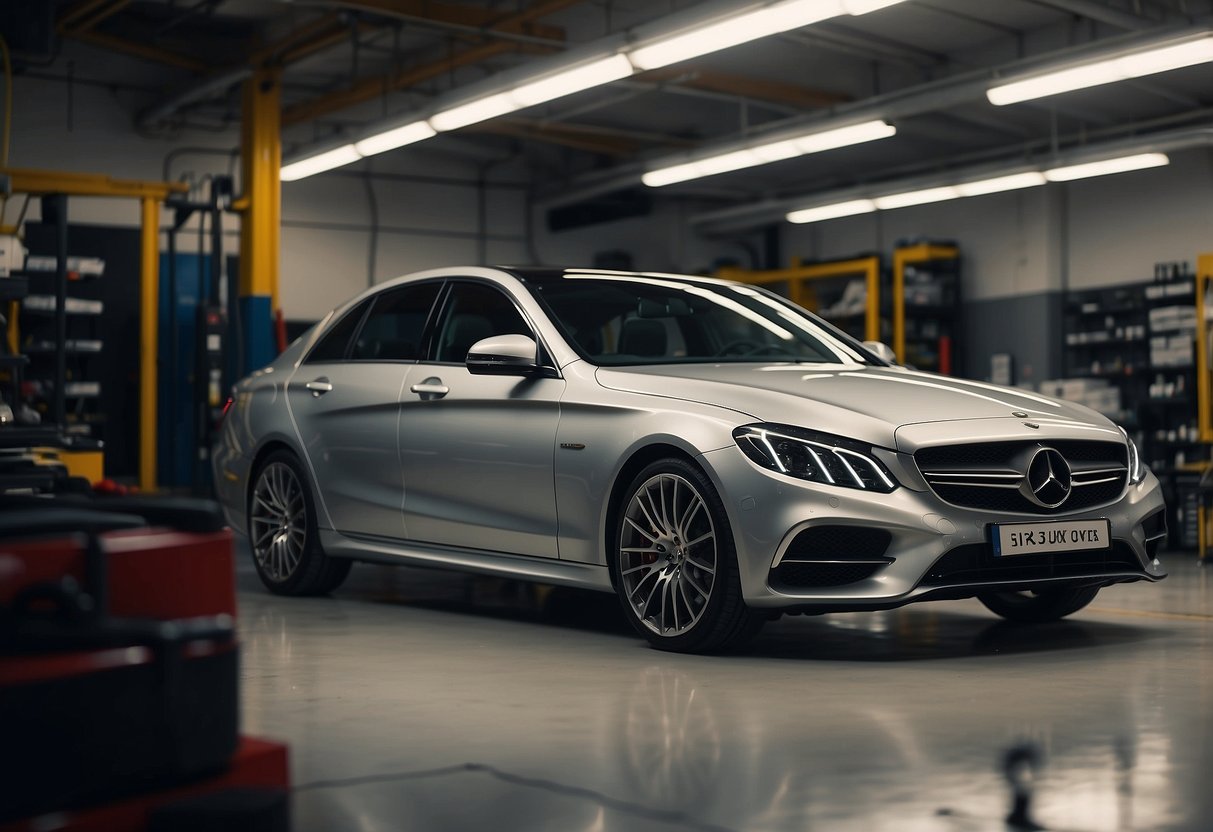
Enhancing Performance Through Technology
Luxury cars benefit greatly from advanced technology. These enhancements improve not only performance but also comfort, handling, and safety.
Advanced Technology Features
Modern luxury cars come equipped with a range of advanced technology features. These include adaptive cruise control, which adjusts speed based on traffic conditions, and automated parking, which assists drivers in tight spaces. Another key feature is the use of predictive maintenance systems. These systems monitor the car’s health and notify the driver of required servicing before an issue becomes serious.
Many luxury vehicles also utilize performance-enhancing software updates. These updates can optimize engine performance and fuel efficiency. The integration of artificial intelligence in navigation systems helps in predicting traffic patterns, offering the quickest routes and reducing travel time.
Optimizing Comfort and Handling
Technology plays a significant role in enhancing both comfort and handling. Adaptive suspension systems adjust the car’s damping based on driving conditions, providing a smoother ride. Electronic stability control helps in maintaining the vehicle’s composure during sharp turns or sudden maneuvers.
Climate control with multi-zone settings allows for a customized cabin environment. Advanced sound systems provide a pleasant auditory experience by minimizing road noise and enhancing music quality. Technological enhancements in steering and braking systems also contribute to precise handling, making long journeys more enjoyable.
Safety System Upkeep
Maintaining the advanced safety systems in a luxury car is crucial. Features such as lane departure warning, blind-spot monitoring, and automatic emergency braking rely on sensors that need regular cleaning and calibration. Advanced driver-assistance systems (ADAS) should be inspected periodically to ensure they are functioning correctly.
Software updates are essential as they often include improvements in safety algorithms. Luxury cars equipped with night vision cameras and pedestrian detection systems also need routine checks to ensure optimal performance. Regular diagnostics can prevent malfunctions, ensuring that safety systems provide the highest level of protection.
Operational Best Practices for Luxury Vehicles
Proper operation of a luxury vehicle is essential for maintaining longevity and peak performance. The following subsections provide detailed insights into driving habits, proactive maintenance, and the use of high-quality materials to ensure your vehicle stays in pristine condition.
Driving Practices for Vehicle Longevity
Driving a luxury car requires attention to precision and care. Accelerate gradually to avoid putting unnecessary stress on the engine and transmission. Braking should also be smooth to reduce wear on brake components. Frequent, gentle changes in speed and steering maintain the vehicle’s balance and prevent premature tire wear.
Avoiding sudden starts and stops helps to prolong the lifespan of the drivetrain. Overloading the car or driving in extreme conditions can put undue strain on various parts. Pay attention to the vehicle’s feedback and respond appropriately to any unusual noises or sensations.
Regularly using the vehicle’s different driving modes can help ensure systems like the suspension and engine remain balanced. Being mindful of road conditions and avoiding potholes can prevent damage to the wheels and suspension.
Proactive Issue Identification and Repairs
Identifying and addressing issues early is crucial for maintaining a luxury car. Familiarize yourself with the vehicle’s manual to understand recommended service intervals. Regular inspections of the engine, transmission, and braking system can often reveal potential problems before they become serious.
Listen and feel for any changes in the car’s performance. Unusual noises, vibrations, or changes in handling could indicate underlying problems. If any irregularities are detected, consulting with a specialist who understands the intricacies of your vehicle is advised.
Maintaining a log of all services and repairs can help keep track of the car’s condition and history. Proactive replacements of parts, such as belts and hoses, before they fail can prevent larger and more expensive repairs down the line.
Using High-Quality Consumables
Using premium fuel and high-quality lubricants is non-negotiable for luxury vehicles. They are designed to perform best with specific grades of fuel and oil. Using lower-quality options can result in decreased performance and potential engine damage.
Regularly check and replace essential fluids like brake fluid, power steering fluid, and transmission fluid. Ensuring these consumables meet the manufacturer’s specifications is vital. High-quality filters should also be used to keep contaminants from entering the engine and other systems.
Tires should be selected based not only on size and type but also on the quality. The use of premium tires can significantly enhance vehicle handling and safety. Adhering to these practices helps maintain the optimal functioning and longevity of luxury vehicles, providing a superior driving experience.



